Asian Beef Skewers

Asian beef skewers
More Posts from 7w1x-blog and Others


Paul Villinski.
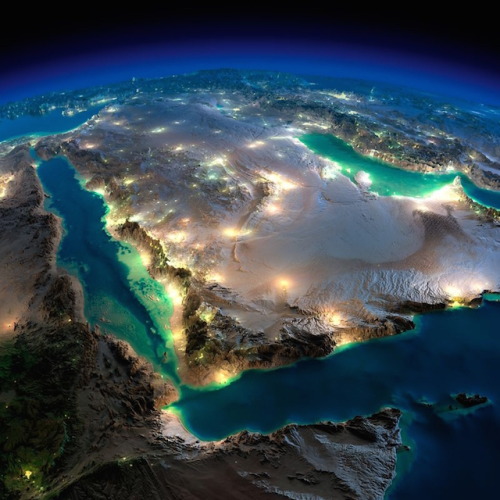

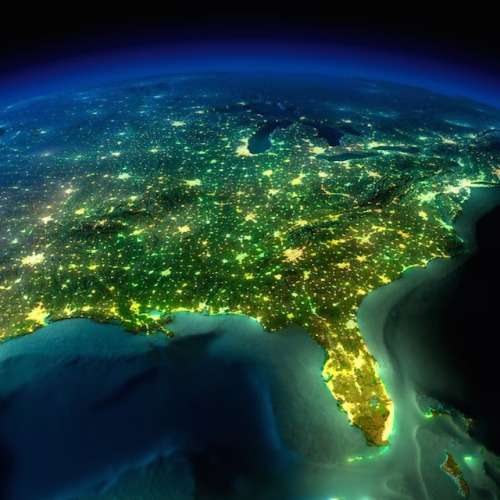
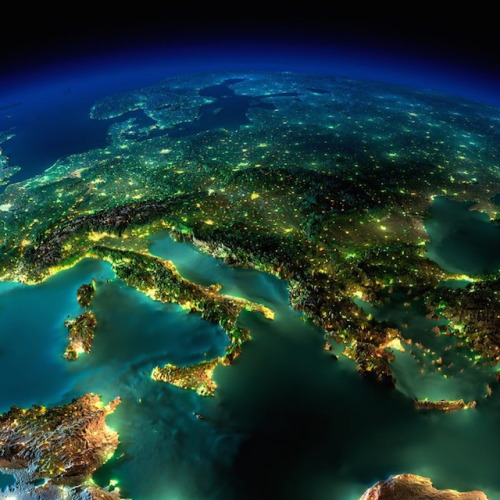
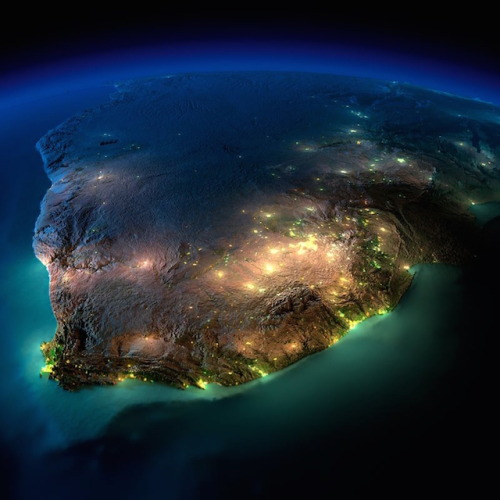
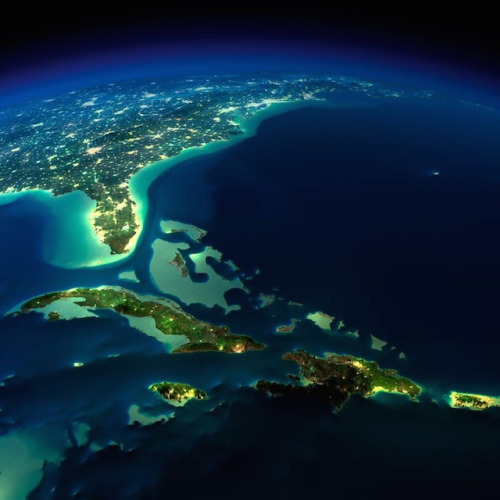
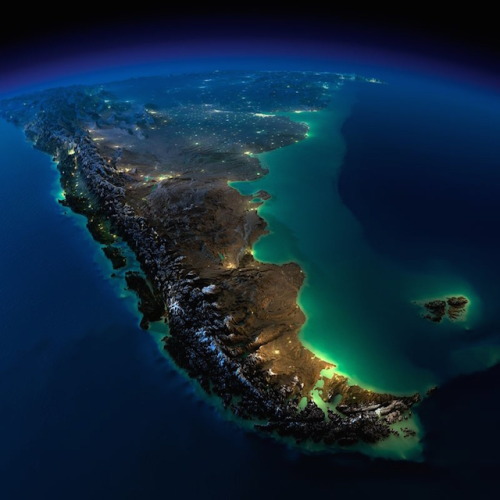
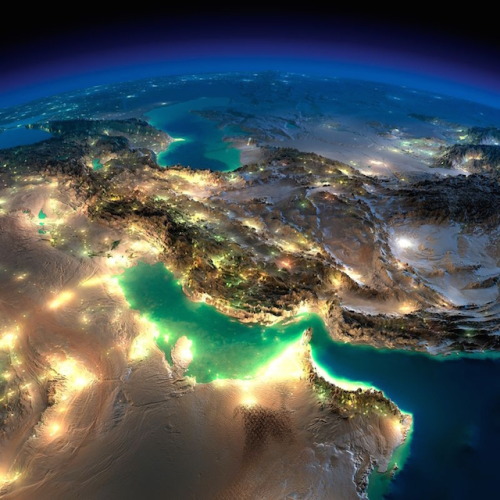
The Earth at night. Photographs taken by NASA.
(Source)
Six Things You Don’t Know About Snow

FACT #1: Snow covers 30 percent of land on Earth.

FACT #2: More than 1.2 billion people rely on melt from snowpack and glaciers.

FACT #3: Snowmelt is the main source of water for 60 million Americans.

FACT #4: Since 1967, 1 million square miles of spring snow cover has disappeared from the Northern Hemisphere – an area the size of the southwestern U.S.

FACT #5: 70 percent of water from the snow-fed San Joaquin River irrigates California’s Central Valley.

FACT #6: NASA’s Global Precipitation Measurement mission observes falling snow, even at the tops of hurricanes.

Measuring how much water is in a snowpack is not easy. Scientists are investigating the best combination of sensors for different terrains. More accurate snow measurements will help scientists and decision makers better understand our world’s water supply and better predict floods and droughts.

To follow scientists in the field studying snow, follow #SnowEx on Twitter and Facebook
Teens, Inspired! Luisa Lyons


Artist Name: Luisa Lyons
Title: Fueling the Flame
Media: Acrylic on Canvas
School: Green Hope High School
Teacher: Ms. Prichard
Inspired by: Thomas Moran, “Fiercely the red sun descending/Burned his way along the heavens”, 1875–1876
Artist Statement: My painting was inspired by Thomas Moran’s Fiercely the red sun descending/Burned his way along the heavens. Moran’s arrangement of colors and texture shows the beauty of the ocean and the way the descending sun’s rays glow throughout the piece. The image I painted was a girl with fire as her hair and the ocean as her skin. The fire and water conflict on the outside of her body, creating smoke in the air. The issue that this painting shows is global warming. In the future, the ocean will swallow the land creating conflict and destruction. This clash is depicted with the use of the fire vs the water. Global warming is a very real issue and can only be slowed with the help of everyone around the world.
Space Lettuce in the White House Kitchen Garden
While most people plant gardens on Earth, we’re working to cultivate one in space!

On April 5, the First Lady welcomed students from across the country as well as NASA Deputy Administrator Dava Newman and NASA astronaut Cady Coleman to the White House Kitchen Garden.

While there, they planted various produce, including the same variety of lettuce that will be sent to the International Space Station on the April 8 SpaceX cargo launch.

These seeds were prepared and packaged for both the First Lady’s garden, as well as the batch headed up to space station. “Outredgeous” Red Romaine Lettuce and “Tokyo bekana” Chinese Cabbage will soon be growing in both gardens!
Why do we grow plants in space?

Our Veggie plant growth system on the space station provides lighting and nutrient supply for a space garden. It supports a variety of plant species that can be cultivated for educational outreach, fresh food and even recreation for crew members on long-duration missions.
When crews travel farther into space, they will need a self-sustaining life support system, and that means growing their own food.
How do we grow plants in space? Here’s a resource for “Space Gardening 101”.
Want to see the space station seeds launch? You can watch Friday’s SpaceX cargo launch live online starting at 3:30 p.m. EDT, with launch scheduled for 4:43 p.m.
Make sure to follow us on Tumblr for your regular dose of space: http://nasa.tumblr.com

Cook A Pizza On-The-Go In 90 Seconds With This Portable Oven


Daniel Buren.

Way back in 1977 something amazing happened (apart from the release of Star Wars obviously). Astronomer Jerry Ehman was using the Ohio State University’s Big Ear radio telescope to sweep the sky for possible signals from extraterrestrial civilisations. He found something.
While pointing towards a grouping of stars called Chi Sagittarii on 15 August, he received a powerful blast of radio waves that lasted for 72 seconds. He circled it on the readout and wrote: “Wow!”
Analysis of the signal showed that it displayed all the hallmarks of coming from interstellar space, and it became something of a cause célèbre for those involved in SETI, the search for extraterrestrial intelligence.
The trouble is that despite numerous attempts, the signal has never been observed again and so remains unexplained. Until now perhaps, thanks to the work of Professor Antonio Paris of St Petersburg College, Florida.
Continue Reading.





art journal pages from February
youtube


The Rio Tinto is a river in southern Spain that is noted for its distinctive bright red hue, which is caused by the presence of dissolved iron in the water. With a pH of 2, it is also extremely acidic; because of this fact, it has recently gained interest among the scientific community due to the presence of extremophile aerobic bacteria that thrive in its waters. The river has been extensively studied by astrobiologists for its implications on the potential to find such bacteria in subterrenean oceans elsewhere in the solar system.
(Source)
-
 campenellamaniac liked this · 4 months ago
campenellamaniac liked this · 4 months ago -
 diosita-de-la-lluvia liked this · 2 years ago
diosita-de-la-lluvia liked this · 2 years ago -
 teenagepiespyfestival liked this · 4 years ago
teenagepiespyfestival liked this · 4 years ago -
 icecolasoda2 liked this · 4 years ago
icecolasoda2 liked this · 4 years ago -
 evkleber liked this · 4 years ago
evkleber liked this · 4 years ago -
 epic-sorcerer liked this · 5 years ago
epic-sorcerer liked this · 5 years ago -
 yummytummyfoods reblogged this · 5 years ago
yummytummyfoods reblogged this · 5 years ago -
 baharbanus-blog liked this · 5 years ago
baharbanus-blog liked this · 5 years ago -
 fairyoga-blog liked this · 5 years ago
fairyoga-blog liked this · 5 years ago -
 myinnerfoodiewoodie liked this · 5 years ago
myinnerfoodiewoodie liked this · 5 years ago -
 sweetchild-dp reblogged this · 5 years ago
sweetchild-dp reblogged this · 5 years ago -
 sweetchild-dp liked this · 5 years ago
sweetchild-dp liked this · 5 years ago -
 hardpass69 liked this · 5 years ago
hardpass69 liked this · 5 years ago -
 deepintotheforests liked this · 5 years ago
deepintotheforests liked this · 5 years ago -
 smolbeansnas liked this · 5 years ago
smolbeansnas liked this · 5 years ago -
 dr0wnedperfectionist liked this · 5 years ago
dr0wnedperfectionist liked this · 5 years ago -
 j9sminee liked this · 5 years ago
j9sminee liked this · 5 years ago -
 foxyshadow liked this · 5 years ago
foxyshadow liked this · 5 years ago -
 jxnnifxrly liked this · 5 years ago
jxnnifxrly liked this · 5 years ago -
 wildlycoralbeard liked this · 5 years ago
wildlycoralbeard liked this · 5 years ago -
 keys2dalex liked this · 5 years ago
keys2dalex liked this · 5 years ago -
 7w1x-blog reblogged this · 5 years ago
7w1x-blog reblogged this · 5 years ago -
 rxseymxmx liked this · 5 years ago
rxseymxmx liked this · 5 years ago -
 rennethen liked this · 5 years ago
rennethen liked this · 5 years ago -
 monstersage-03 liked this · 5 years ago
monstersage-03 liked this · 5 years ago -
 saliflorin-blog liked this · 5 years ago
saliflorin-blog liked this · 5 years ago -
 toddlavelle liked this · 5 years ago
toddlavelle liked this · 5 years ago -
 loniewatson17 liked this · 5 years ago
loniewatson17 liked this · 5 years ago -
 wanderingkus liked this · 5 years ago
wanderingkus liked this · 5 years ago -
 justaflutewithacupcake liked this · 5 years ago
justaflutewithacupcake liked this · 5 years ago -
 hilmiyildirimzeytinyaglari liked this · 5 years ago
hilmiyildirimzeytinyaglari liked this · 5 years ago -
 tiredofdumbass liked this · 5 years ago
tiredofdumbass liked this · 5 years ago -
 secretboy liked this · 5 years ago
secretboy liked this · 5 years ago -
 lisasquats22 liked this · 5 years ago
lisasquats22 liked this · 5 years ago -
 e-aesthetics liked this · 5 years ago
e-aesthetics liked this · 5 years ago -
 raissarezende999 liked this · 5 years ago
raissarezende999 liked this · 5 years ago -
 martyna56789 liked this · 5 years ago
martyna56789 liked this · 5 years ago -
 lyndoesnotpost liked this · 5 years ago
lyndoesnotpost liked this · 5 years ago -
 ejhons2 liked this · 5 years ago
ejhons2 liked this · 5 years ago -
 sensuel reblogged this · 5 years ago
sensuel reblogged this · 5 years ago -
 sarah-brasileiro liked this · 5 years ago
sarah-brasileiro liked this · 5 years ago